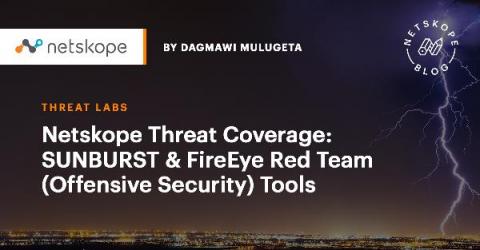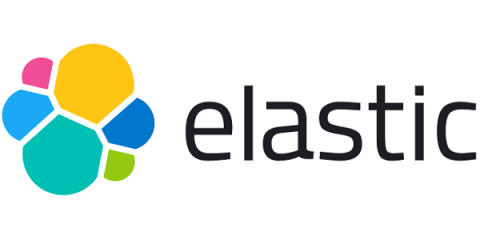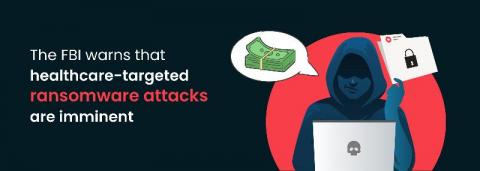Detection and Investigation Using Devo: SUNBURST IOC & Detection Queries
On December 8, 2020, cybersecurity company FireEye announced in a blog post that it had been attacked by what CEO Kevin Mandia described as a “highly sophisticated threat actor” that “targeted and accessed certain Red Team assessment tools that we use to test our customers’ security. These tools mimic the behavior of many cyber threat actors and enable FireEye to provide essential diagnostic security services to our customers.”










